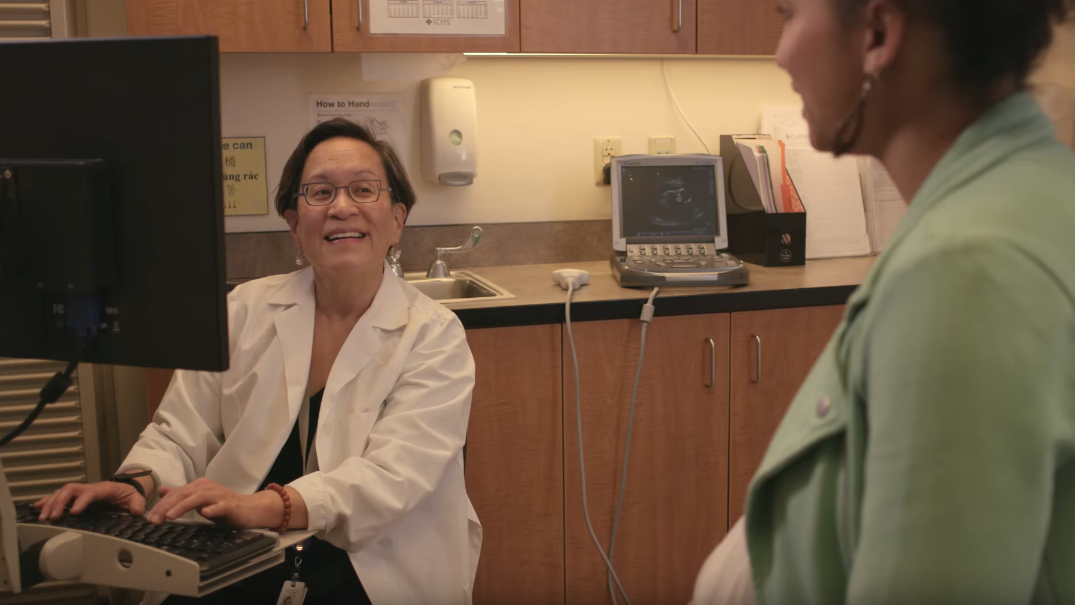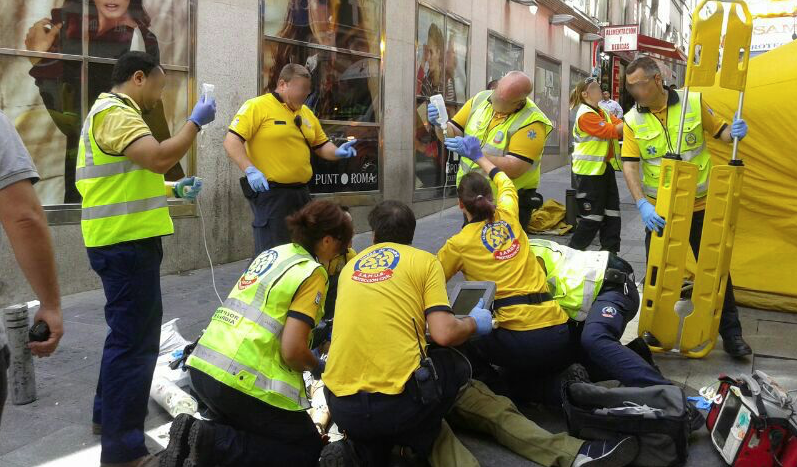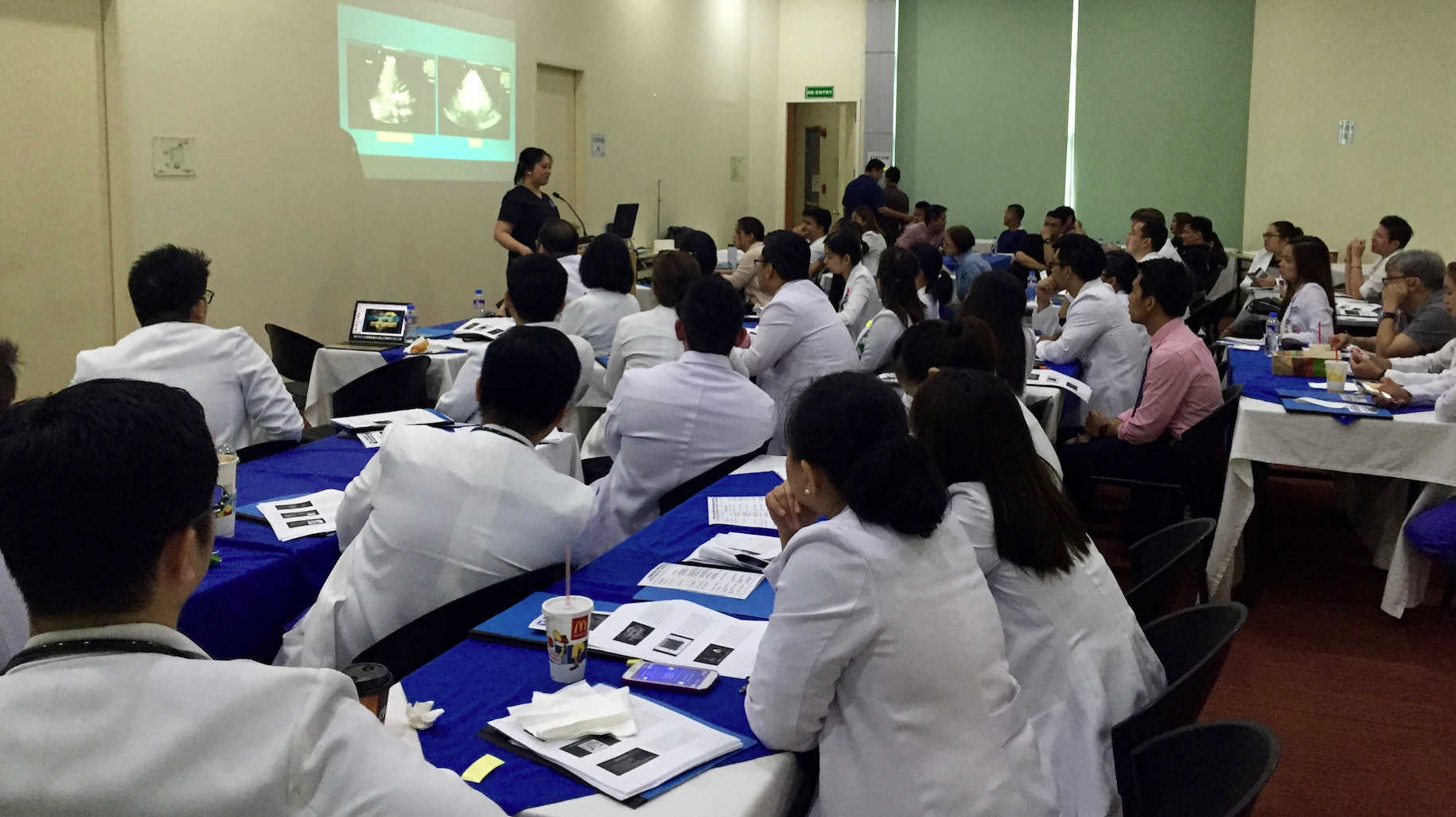Point-of-care Ultrasound Helps to Enhance Patient Care in Emergency Medicine
Point-of-care Ultrasound Helps to Enhance Patient Care in Emergency Medicine

London’s Chelsea and Westminster Hospital relies on point-of-care ult

London’s Chelsea and Westminster Hospital relies on point-of-care ult

Uncertainty – especially in economics, government, or healthcare - can be hard to handle. Combine a little bit of uncertainty in Washington D.C. and the medical community and you’ll have a window into 2017, a time when the future of the Affordable Health Care Act and the health sector is in flux.

Since point-of-care ultrasound systems were originally designed for dealing with emergencies in a battlefield setting, it's not surprising that ultrasound now plays a pivotal role in emergency vehicles around the world. Dr Ramón de Elías Hernandez, head of on-call doctors at SAMUR, Madrid’s municipal emergency service, describes the advantages that point-of-care ultrasound brings to his everyday life.

West Virginia University Department of Emergency Medicine Ultrasound fellow, Kristine S. Robinson, M.D. is taking Point of Care Ultrasound (PoCUS) to the international level by residing in Metro Manila, Philippines for a month, equipped with a Sonosite Edge machine from Sonosite’s Global Health Program.

Group Practice Journal
Michael Shabot, M.D. FACS, FCCM, FACMI, is chief medical officer, Memorial Hermann Healthcare System, Houston and Adjunct Professor at the University of Texas School of Biomedical Informatics and the University of Texas School of Public Health at Houston.
Michael Warneke, M.D. is medical director of quality, Memorial Hermann Southeast Hospital.
Medical errors continue to be a major problem in the US healthcare system, with hospital acquired infections (HAC) becoming an area of greater focus and where significant financial penalties are being incurred. Medicare has added one especially dangerous--or even potentially fatal--adverse event, iatrogenic pneumothorax during central line placement, to its HAC list. Along with putting patients in peril, the mistake can also increase hospital costs by up to $45,000 per incident, according to a study by the Agency for Healthcare Quality and Research (AHRQ).
Many excellent studies show that ultrasound guidance can powerfully improve the safety and success of this very common procedure. In fact, in one randomized study of 900 critical care patients, use of ultrasound visualization reduced the rate of collapsed lung during central line placement to zero, compared to 2.4 percent for blind placement.
Dr. Sierzenski is the Director of Emergency, Trauma and Critical Care Ultrasound for Christiana Care Health System’s Department of Emergency Medicine. He is also the Chair, Government Policy & Public Relations for the American College of Emergency Physicians Ultrasound Section and a Master's Candidate in Health Quality and Safety at the Jefferson School of Population Health.
Medical errors continue to be a major problem in the US healthcare system, with hospital acquired infections (HAC) becoming an area of greater focus and where significant financial penalties are being incurred. Medicare has added one especially dangerous--or even potentially fatal--adverse event, iatrogenic pneumothorax during central line placement, to its HAC list. Along with putting patients in peril, the mistake can also increase hospital costs by up to $45,000 per incident, according to a study by the Agency for Healthcare Quality and Research (AHRQ).
Many excellent studies show that ultrasound guidance can powerfully improve the safety and success of this very common procedure. In fact, in one randomized study of 900 critical care patients, use of ultrasound visualization reduced the rate of collapsed lung during central line placement to zero, compared to 2.4 percent for blind placement.
Dr. Sierzenski is the Director of Emergency, Trauma and Critical Care Ultrasound for Christiana Care Health System’s Department of Emergency Medicine. He is also the Chair, Government Policy & Public Relations for the American College of Emergency Physicians Ultrasound Section and a Master's Candidate in Health Quality and Safety at the Jefferson School of Population Health.
Dr. Bahner underscores that since the 1980s, emergency ultrasound performed by emergency physicians at the point of care has been recognized as a valuable technology to improve the department. Employing ultrasound at the bedside, he asserts, can reduce medical errors, provide more efficient real-time diagnosis, and in certain clinical scenarios, supplement or replace more expensive imaging modalities such as CT and reduce patient exposure to ionizing radiation. This article details how ultrasound can improve procedural success and safety such as invasive procedures like nerve blocks and central venous catheter placement, prevent costly errors and discussed the future of emergency ultrasound which has grown since the American College of Emergency Physicians (ACEP) published its first specialty-specific ultrasound guidelines.
The Sonosite Solution provides a ready-made, but highly modifiable and scalable, clinical pathway to reduce CVC-insertion complications through the use of point-of-care ultrasound